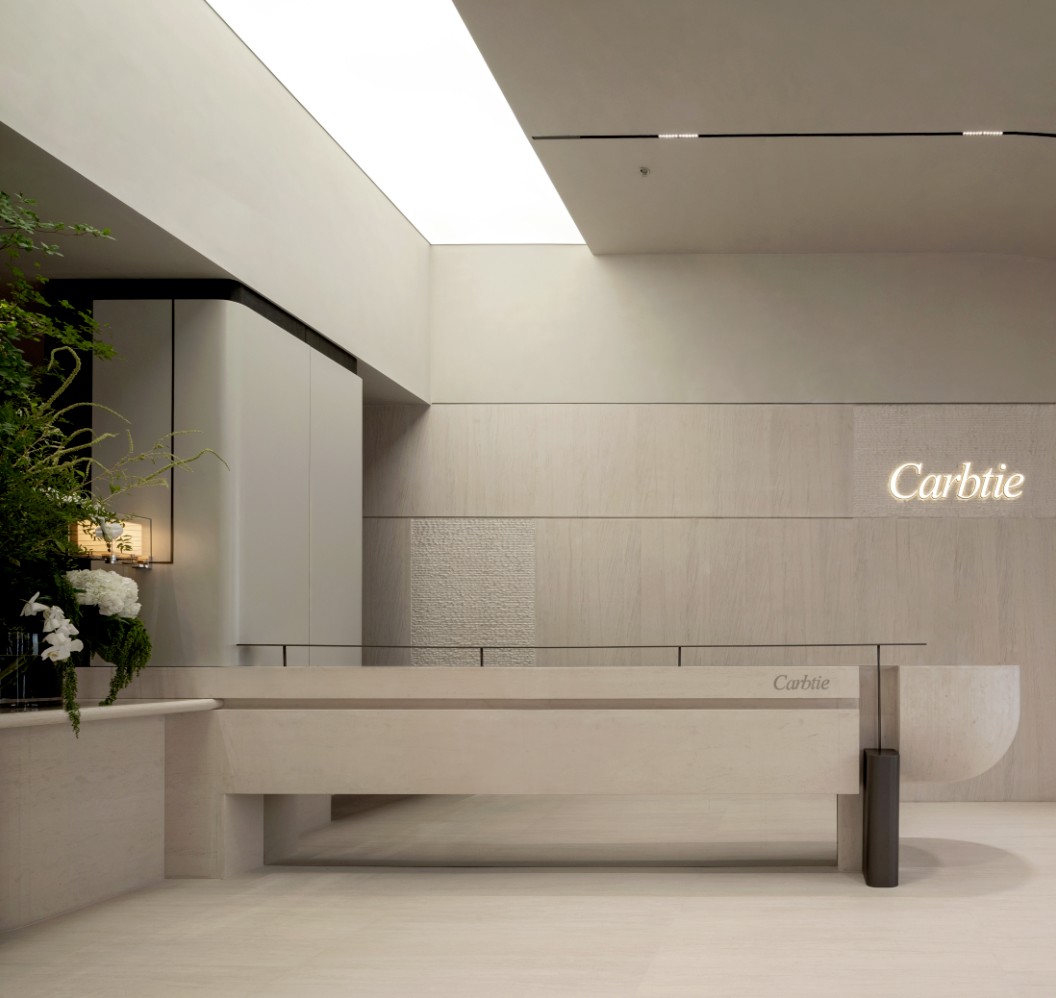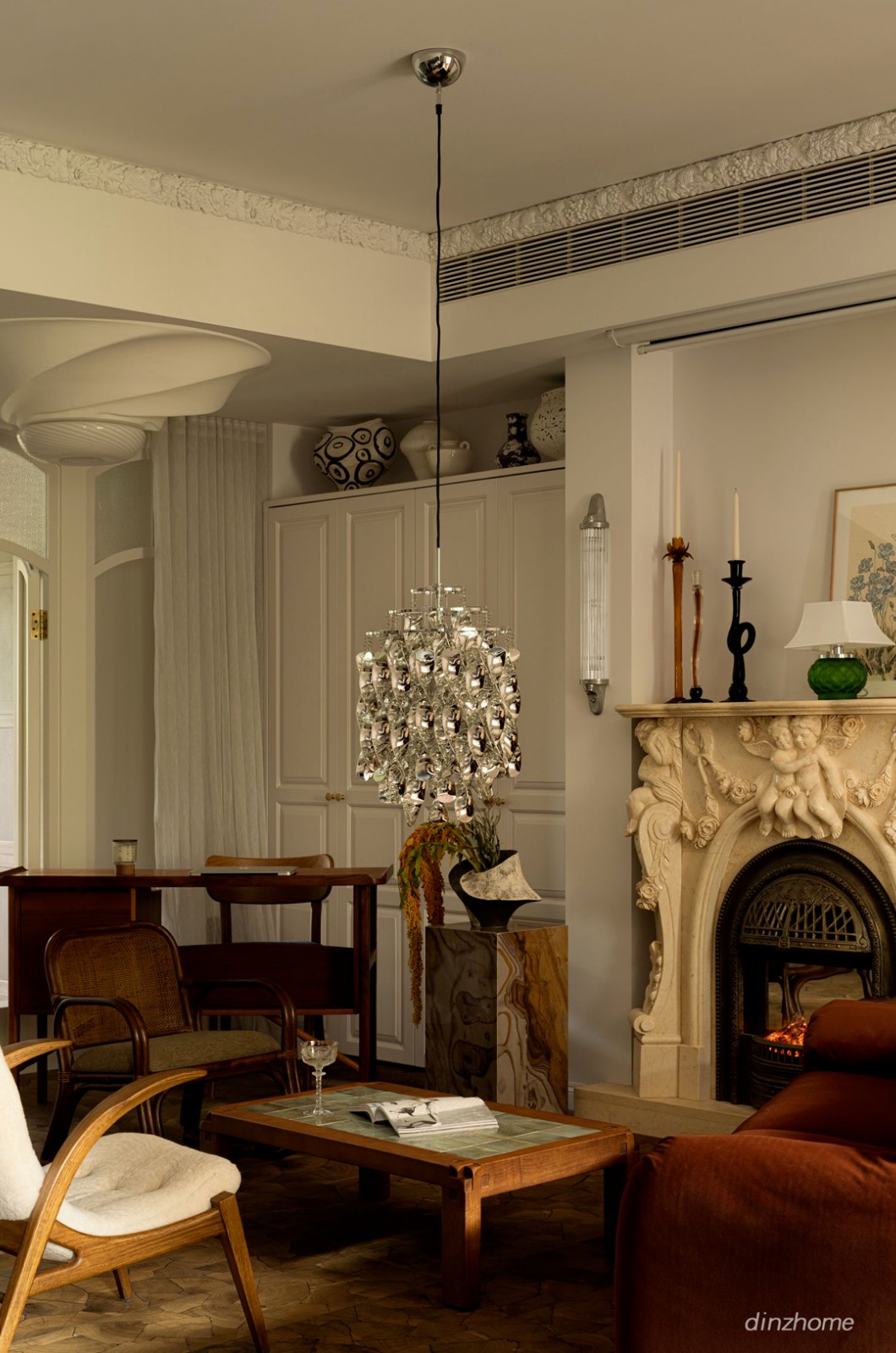Ericpol Software Pool HORIZONE Studio
2015-07-10 03:00
架构师提供的文本描述。该项目的历史可追溯到2011年12月,当时波兰最大的信通技术公司之一Ericpol在Sienkiewicza街和Tymienieckigo街交界处的Lodz中心购买了一块废弃地。它曾经是奥利皮亚游泳池的所在地,在共产主义时代很受欢迎,在最近几十年里,这个游泳池越来越失修。
Text description provided by the architects. The history of the project dates back to December 2011 when Ericpol, one of Poland’s largest ICT companies, purchased a derelict plot in the centre of Lodz at the junction of Sienkiewicza street and Tymienieckiego street. It used to be the site of the Olimpia swimming pool, popular in communist times, which had fallen further and further into disrepair over recent decades.
这座庄园坐落在新文艺复兴时期的雪巴勒宫的隔壁,它包含了故宫前正式花园的一部分,其中包括五座自然遗迹。区域遗产保护办事处已将整个地区置于其保护之下。
The estate lies next door to the neo-Renaissance Scheibler Palace and incorporates a fragment of the former formal gardens of the palace which include five monuments of nature. The Regional Heritage Preservation Office has placed the entire area under its protection.
后工业建筑的遗迹位于泰米尼切基戈街的另一边,以前是Ksiezy Mlyn(字面意思是“牧师磨坊”)工业和住宅建筑群的一部分,后来被改造成了ArtINKubator。它充满生命,由办公室、艺术工作室和多功能文化空间组成。
The relics of post-industrial architecture situated on the other side of Tymienieckiego Street, formerly forming part of the Ksiezy Mlyn (literally, ‘Priests’ Mill’) industrial and residential complex, were transformed into ART_Inkubator. Teeming with life, it consists of offices, art workshops, and multifunctional cultural space.
该项目提出的主要挑战是使功能要求与遗产保护干事施加的限制和对开发的限制性条件相一致。根据所进行的全景分析,这座办公楼被赋予了四层高、双翼的实体形式,中间部分由一个玻璃连接部分连接(大厅内设有电梯和玻璃会议室)。这是建筑设计的起源,其基础是一个近似字母X的计划,该字母X的形式使该地区得到最佳利用,并符合投资者委托的功能方案。该项目所使用的建筑语言加强了它与环境的明确关系。公园的绿色楔形物深深地进入了建筑物,限制了开发的强度。所采用的表格为办公空间的安排提供了很大的灵活性。职能部门根据未来用户工作的具体性质以及投资者对安全和访问控制的严格要求进行了调整。
The main challenge presented by the project was the alignment of the functional requirements with the limitations imposed by the heritage preservation officer and the restrictive conditions imposed on the development. Resulting from the panoramic analyses conducted, the office building was given the form of a four-storey-high solid with two wings, linked in its central section by a glazed connecting section (housing the lobby with the lifts and the glazed conference rooms). This is the origin behind the building design based on a plan approximating the letter X whose form allowed the optimum use of the area and conformed to the functional programme commissioned by the investor. The architectural language applied in the project reinforced its clear relations with the environment. The green wedge of the park enters deeply into the building, limiting the intensity of development. The form applied provided for major flexibility in the arrangement of office space. The functional division was adjusted to the specific nature of the work of its future users and to the investor’s strict requirements concerning security and access control.
The brick and the façades
设计立面时,建筑师们试图连接到19世纪洛兹工业发展的背景下,同时又没有失去当代建筑语言。
Designing the façades, the architects tried to make a connection to the context of the 19th-century industrial development of Lodz while at the same time losing nothing of the contemporary language of architecture.
整个外墙都是由丹麦制造商彼得森·特格尔(Petersen Tegl)提供的浅灰、手工成型和传统烧制砖覆盖的。这一复杂的结构是与洛兹区域遗产保护官员商定的细致安排的结果,使建筑呈现出独特的斑驳色彩,并为外墙的颜色口音提供了背景。具有垂直遮阳的现代釉面,其特征与Ericpol的视觉识别中所记录的颜色范围相联系,重复了19世纪洛兹工厂发展的外观的节奏。以当代形式表达的对地方传统的创造性诠释,使新建筑在其所处的环境中清晰易读。
Whole surfaces of the façades were clad with light-grey, hand-formed and traditionally fired brick coming from a Danish manufacturer, Petersen Tegl. This sophisticated structure, a result of meticulous arrangements agreed with the Lodz regional heritage preservation officer, gave the building a unique, mottled colour and provides a background for the colour accents in the façades. The contemporary glazed surfaces with vertical sunshades, whose character makes a link to the colour range recorded in Ericpol’s visual identification, repeat the rhythm of the façades of 19-century factory developments in Lodz.. The creative interpretations of local traditions expressed in contemporary form, makes the new architecture clear and legible in its environment.
Horizone Studio进行的第一批分析之一是在将建筑物高度限制在16米范围内测试各个楼层的潜在高度。事实证明,可供使用的空间约为1.5米,无法使房间达到舒适的高度(3米),并可采用悬挂天花板,在其后面安装空调和机械通风系统。因此,根据与暖通空调工程师的协议,决定废除悬挂的天花板和传统的空调系统。作为回报,从1层到3层的办公空间得到了所谓的热激活建筑系统(TAB)板。在这个系统中,混凝土板中含有管道,当注入冰水时,这些管道会冷却混凝土,进而冷却空气,从而降低房间内的温度。为了提高安装制表板的效率,机械通风中的空气也是预先冷却的。该系统已证明足以满足90%的办公空间,只有会议室和高层建筑空间被赋予了一种传统的空调形式。制表器系统还有另一个优点:它确保没有集中冷空气流入区域的工作人员的热舒适,因为天花板均匀地冷却整个空间,尽管显著的惯性和反应时间滞后可能是一个缺点。这就是为什么与NirasPolska在设计工作上的合作包括开发所谓的神经元模型的建筑。这是“建筑物管理系统”中的另一种算法,它分析从安装在现场各地的传感器收到的数据,并以某种方式使建筑物“了解”其行为随时间的推移。此外,该系统还与两个独立的计量站联机连接,以读取天气预报,并在事先通知适当的情况下对其进行调整。
One of the first analyses performed by Horizone Studio was testing the potential heights of individual floors in the context of limiting the building height to 16 metres. It turned out that the space available was approximately 1.5 m too short to allow the rooms to be of comfortable height (3 metres) and to allow the introduction of suspended ceilings behind which the air conditioning and mechanical ventilation systems could be installed. Therefore, in agreement with HVAC engineers, a decision was made to scrap the suspended ceilings together with a traditional air conditioning system. In return, the office spaces on floors from 1 to 3 received the so-called Thermally Activated Building Systems (TABS) slabs. In this system, the concrete slabs contain pipes that, when filled with ice water, cool down the concrete, which in turn chills the air thus lowering the temperature inside the rooms. To increase the efficiency of the TABS installation, the air coming from the mechanical ventilation is also pre-cooled. The system proved sufficient for 90% of the office space, and only the conference rooms and the high ground floor spaces were given a traditional form of air conditioning. The TABS system has another advantage: it ensures thermal comfort for the staff with no areas of concentrated cold air inflow, as the ceilings chill the entire space uniformly, although the significant inertia and the reaction time lag may be a drawback. That is why cooperation with Niras Polska on design work included development of the so-called neuronal model of the building. This is an additional algorithm included in the Building Management System which analyses the data received from sensors placed throughout the site and in a way makes the building ‘learn’ its behaviour with time. Additionally, the system has online connections to two independent metrological stations to read weather forecasts and adjust to them with appropriate advance notice.
放弃悬挂天花板的后果之一是使用暴露的建筑混凝土作为天花板。这就赋予了内饰一种原始的工业特征。模板的精确节奏,基于胶合板的典型尺寸,定义了由悬挂在板下的灯和声学板的元素重复的节奏。虽然制表板管道可以钻到一定的深度(定义为10厘米的项目),但它确实使任何通过钻孔困难。因此,装配灯具和安装连接电缆所需的所有穿孔都必须在建筑和建筑设计阶段规划。施工图在施工过程中,承揽实际工程,对结构进行勘察,在模板施工阶段确定数百个这样的潜在点,以提高工程的精度。
A consequence of giving up suspended ceilings was the idea to use exposed architectural concrete for the ceilings. This gave the interiors an original, industrial character. The precise rhythm of the formwork boarding, based on the typical dimensions of the plywood boards, defines a rhythm that is repeated by the lamps suspended under the slabs and by elements of the acoustic panels. Although the TABS piping makes it possible to drill the slabs to a certain depth (defined as 10 cm for the project), it does, however, render any through drilling difficult. Thus all the perforations necessary for the assembly of lamps and installation of connecting cables had to be planned at the architectural and construction design stage. During construction, Strabag contracted to perform the actual works, surveyed the structure to define hundreds of such potential points at the stage of formwork to increase the precision of works.
建筑混凝土也被用来设计东墙和西墙的内部表面,以及楼梯井的内部表面。承包商必须首先在施工阶段前建立大规模的模拟,并选择合适的混凝土配合物和技术,然后才能在现场交付所需的混凝土构件标准。
Architectural concrete was also used to design the internal surfaces of the eastern and western walls, and those of the staircase wells. The contractor was obliged to first create large-scale mock-ups before the construction stage and select an appropriate concrete mix and technology, and only later to deliver onsite the required standard of the concrete elements.
Reducing the functional cost of the building
大多数办公室采用混合模式通风,将自然通风和混合通风结合起来。为防止房间过热,规定了外部百叶窗和适当的玻璃参数。内部走廊的设计使每一个都可以在一个大的玻璃面板,从而提供额外的光线,并保持与环境的联系。主要会议厅的隔间是用玻璃做的,以免在其中任何一个都有过多的隔断。在设计阶段进行的太阳路径分析使人们能够区分立面的玻璃,这取决于它们在直射阳光下的曝光率。南面、东面和西面都配备了双层玻璃,采用高选择性玻璃和低排放涂层,可防止夏季过热。而北面则容易在冬季遭受更大的热量损失,因此获得了三层玻璃,并配有低排放玻璃。此外,玻璃表面接收外部遮阳百叶窗通过BMS系统控制.由于百叶窗的穿孔,即使当它们被拆除,用户在建筑物内可以欣赏周围的公园景观。
Most offices feature mixed mode ventilation which combines both natural and hybrid ventilation. To protect the rooms from overheating, external blinds and appropriate glass parameters were specified. The interior corridors are designed so that each could end in a large panel of glass, thus providing additional light and maintaining links with the environment. The partitions of the main conference halls are made of glass so as not to build excessive divisions within either of them. The sun path analysis conducted at the design stage made it possible to differentiate the glazing of the façades, depending on their exposure to direct sunlight. Southern, eastern, and western faces were provided with double glazing units built of highly selective glass with low-emission coating which protects against excessive heat surges in summer. In turn, the northern façade, vulnerable to greater heat losses in winter, received triple glazing units with low emission glass. Additionally, the glazed surfaces received external sun-stopping blinds controlled through the BMS system. Thanks to the perforations of the blinds, even when they are pulled down, the users inside the building can enjoy a view of the park landscape surrounding it.
Architects HORIZONE Studio
Location Sienkiewicza, Łódź, Poland
Category Offices Interiors
Design Team Dominik Darasz, Bartlomiej Kisielewski, Robert Strzenski
 举报
举报
别默默的看了,快登录帮我评论一下吧!:)
注册
登录
更多评论
相关文章
-

描边风设计中,最容易犯的8种问题分析
2018年走过了四分之一,LOGO设计趋势也清晰了LOGO设计
-

描边风设计中,最容易犯的8种问题分析
2018年走过了四分之一,LOGO设计趋势也清晰了LOGO设计
-

描边风设计中,最容易犯的8种问题分析
2018年走过了四分之一,LOGO设计趋势也清晰了LOGO设计














































































